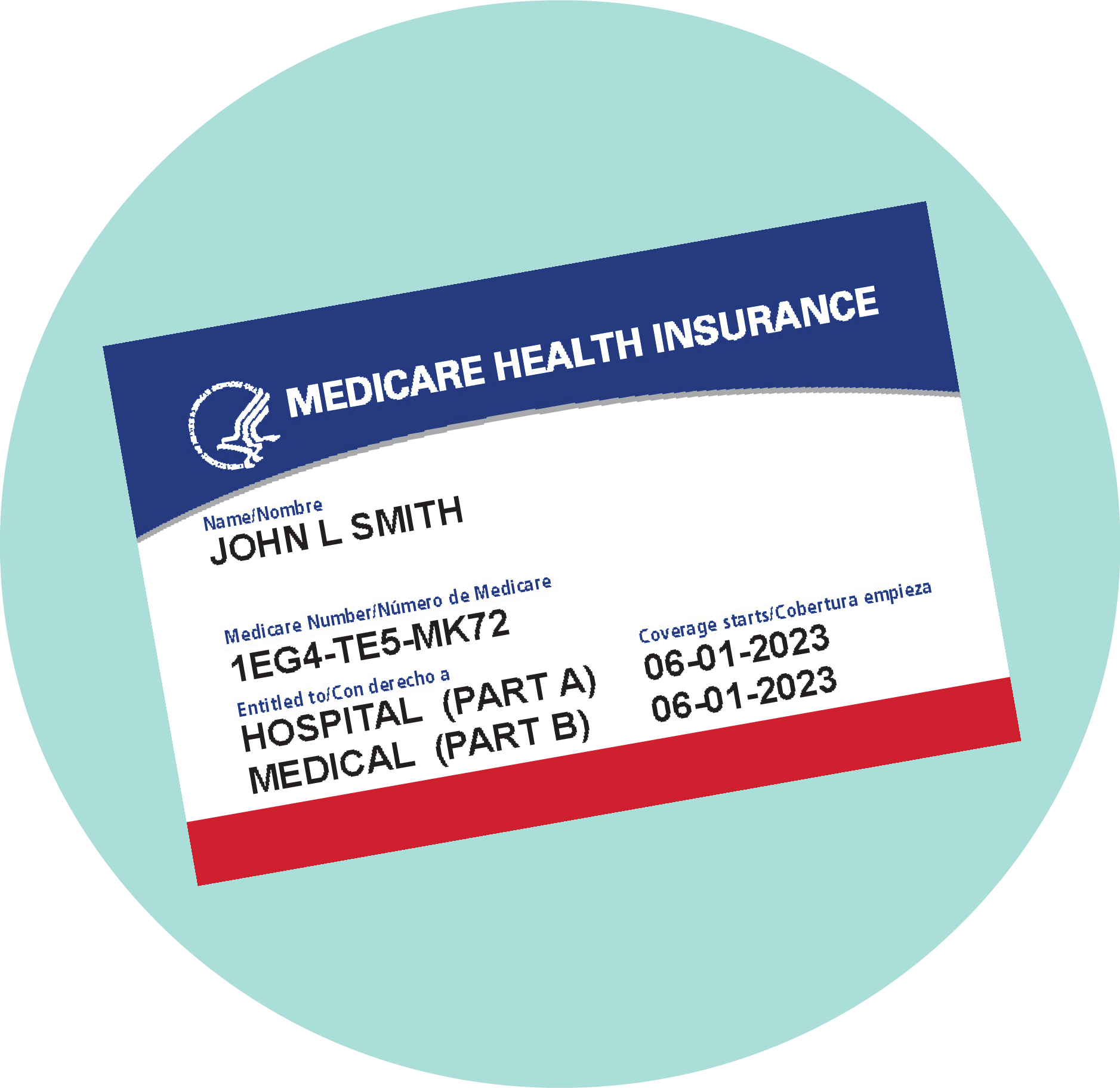In the News
2026 MEDICARE DRUG PLANS TO COST LESS

Monthly premiums for Medicare Part D prescription drug and Medicare Advantage plans are projected to decrease on average in 2026, according to the Centers for Medicare & Medicaid Services.
The premium for a stand-alone Part D prescription plan, a private insurer offering for original Medicare beneficiaries, is projected to average $34.50 next year, a decline of $3.81 from 2025 and a savings of nearly $46 annually.
The average Part D total premium for Medicare Advantage plans with prescription drug coverage is projected to fall from $13.32 in 2025 to $11.50 in 2026, after Medicare Advantage program rebates are applied. CMS expects the average premium for all types of Medicare Advantage plans to decrease from $16.40 in 2025 to $14 in 2026.
While benefits and plan choices are expected to be stable next year, Medicare Advantage plans from private insurers project that their enrollment will fall from 34.9 million in 2025 to 34 million in 2026. That’s an expected decline of all those enrolled in Medicare from 50 percent to 48 percent.
But as beneficiaries prepare for this year’s Medicare open enrollment, which began on Oct. 15 and will run until Dec. 7, CMS expects that Medicare Advantage enrollment will be “more robust than the plans’ projections and that enrollment will be stable,” the agency announced in late September.
“Millions of Medicare beneficiaries will have access to a broad range of affordable coverage options in 2026,” says Dr. Mehmet Oz, CMS administrator.
During open enrollment, beneficiaries can call 1-800-MEDICARE 24 hours a day, seven days a week for help comparing plans and costs. People who want to keep their current Medicare Advantage or Part D coverage don’t need to re-enroll. AARP can help you understand your Medicare options: Visit aarp.org/medicare/open-enrollment for information.
While average premiums fall, some plans will see an increase. Part D and Medicare Advantage plans can also make changes to their coverage and costs.
Out-of-pocket spending for Part D-covered drugs will be capped at $2,100 in 2026. But plans also can remove medications from their drug lists, add prior authorization restrictions for more medications and even increase copayments before you reach the cap. An incentive that CMS provided to drug plans in 2025 will continue in 2026 but has been reduced from $15 to $10 and will allow plans to increase Part D premiums by up to $50 instead of $35.
COVID Vaccine Guidelines Change for Older Americans

New guidelines mean getting a COVID-19 vaccine this fall may be more challenging than in previous years.
Health officials are recommending that adults age 65-plus use “shared clinical decision-making,” by talking to a health care provider, such as a doctor, pharmacist or nurse, before deciding whether to take the vaccine.
People under 65 can also receive the vaccine using shared clinical decision-making and taking into consideration health conditions that increase a person’s risk of severe illness from COVID-19.
This year’s guidelines are a departure from past years, when the vaccines were more broadly recommended for anyone 6 months and older.
The change is drawing criticism from some public health experts. Dr. Helen Chu, a professor in the Division of Allergy and Infectious Diseases at the University of Washington School of Medicine, says the change “introduces confusion to the patient about whether or not they’re able to get their vaccine.” Many other experts agree.
Still, “if a patient requests the vaccine, they will be administered it,” a CVS Health spokesperson tells AARP.
As in the past, COVID shots will be covered by most insurance plans, including Medicare and Medicaid, with no out-of-pocket costs.
Those who haven’t already received a flu shot can get it at the same time. The RSV vaccine is also recommended for adults 75 and older and people 50 to 74 with certain health conditions.
Senate Panel Probes Bias

Age discrimination is becoming subtler than ever and costing America some of its best workers, a Senate committee heard in September.
One concern: Artificial intelligence may be screening out candidates who appear to be older, AARP Chief Advocacy and Engagement Officer Nancy LeaMond told members of the Senate Special Committee on Aging.
“Algorithms [that are]used to scan résumés and applications can accelerate bias using graduation dates or years of experience as proxies for age,” LeaMond said. She cited other forms of age bias, from interviewers blatantly asking a person’s age to using terms like “digital native” in ads to signal a desire for younger people.
The hearing was organized by ranking member Kirsten Gillibrand (D-N.Y.) to focus on age discrimination in the workplace, with the support of Rick Scott (R-Fla.), the Senate committee’s chairman. AARP is supporting the bipartisan Protecting Older Americans Act of 2025, which would allow older workers who feel they have been discriminated against to sue employers rather than go through an arbitration process.
STRING OVER STING

Flossing might replace the dreaded vaccination needle some day. Scientists gave flu and mRNA vaccines to mice using dental floss, triggering a “robust” immune response, says an article in ScienceDaily. Whether the mice had fewer cavities is not known.
FROM TOP: GETTY IMAGES (2), CENTERS FOR MEDICARE AND MEDICAID SERVICES, GETTY IMAGES